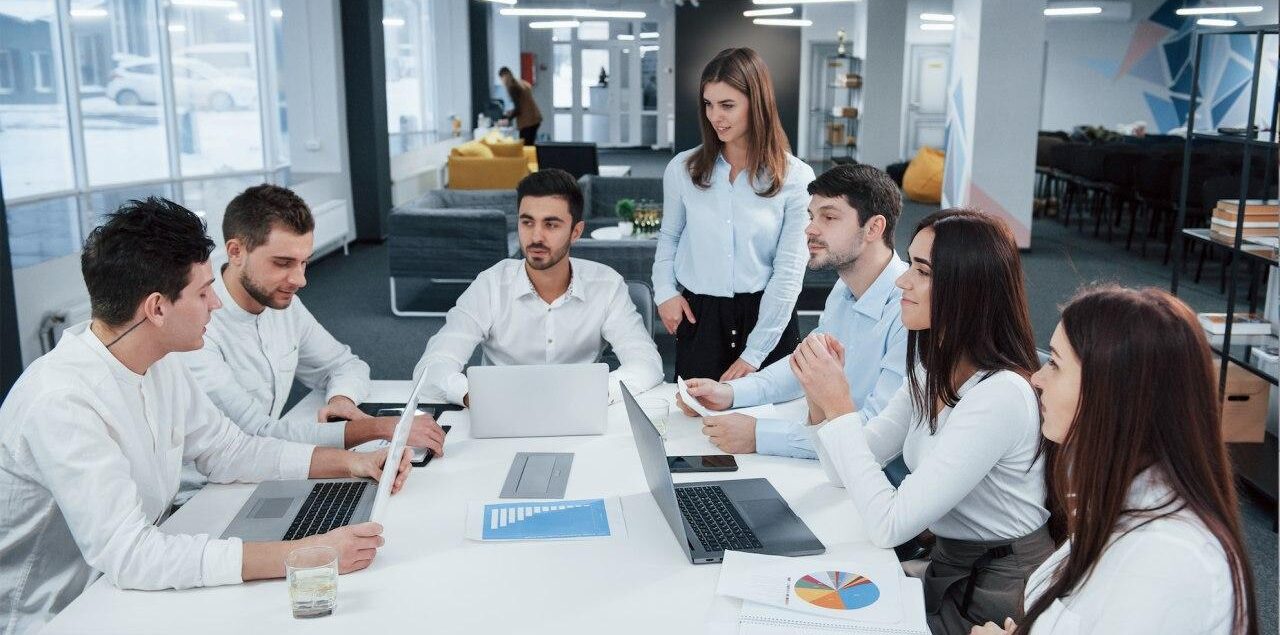Examining The Roles of Office and Key Drivers
Before covid19 crisis, investors and portfolio property owners were focused on how to improved returns. “Now, that conversation with investors has shifted to one of, how are we as investors protecting the health of our occupants within our portfolio?” That is a big shift.
Given the rise of distributed workforces in response to the COVID-19 pandemic, it is important to scrutinize the pros and cons of different types of work and the varying locations required to support business goals.
Experiencing from pandemic context, no company actually wants an office, what they want is a productive workforce. We have also seen the acceleration in the trend for flexible workspace – for spaces that foster innovation, collaboration and creativity.
Through an extensive academic and industry research review, we identified five dynamics that will determine the future of the post-COVID-19 office occupiers.
- Productivity / Output: How does the office provide productivity gains? For which types of work?
- Innovation / Creativity (Agglomeration Theory): How much benefit do companies gain by having groups of people congregate on a regular basis at the office? How does the office environment optimize socialization?
- Company Culture and Branding: What are the attributes that impact culture, connection with colleagues, mentoring and learning and which of these attributes rely heavily on face-to-face interactions? What internal and external benefits for a company’s brand does the office offer? How does this vary by quality of building, by quality of interior space, and by offerings in and around the building?
- Employee Satisfaction / Retention: What is an employee getting from being in the office? Are amenities, technology solutions and employee services more important or less important in a post- COVID-19 world?
- Location and Building Strategy: What are the internal and external benefits for a company’s brand of the office? How does this vary by quality of building, by quality of interior space, and by offerings in and around the building?
The array of these 5 key drivers seeks to create a harmony between nature and science, public and private life. Having said that, office occupiers will need to properly assess their own workspace requirements to be flexible usage. The same applies for office landlords, to be more flexible to offer what necessary to improve environment, building facilities, amenities, especially health protection, etc, to retain existing tenants and attract new tenants. Companies need office but they need more than office which the quality of user experience, simply put, means company wants a productive workforce.
Let’s find out altogether for our article about: When will the occupancy of office sector in Cambodia return to pre-covid peak?
The need of each business is quite unique, that is why we always work closely with our office tenant clients to find out your true needs and to cut off what you don’t need. On top of that, our team will share latest new ideas on the table to help them grow business performance by having the right combination of office workspace setup at lower cost.
Make an appointment with us, Call or Email: (+855) 078 939896 & hello@phalkuncommercial.com
Main Source: A joint report by The Center for Real Estate and Urban Analysis & Cushman & Wakefield.
Reference: The information contained within this article is gathered from multiple sources believed to be reliable. The information may contain errors or omissions and is presented without any warranty or representations as to its accuracy.
